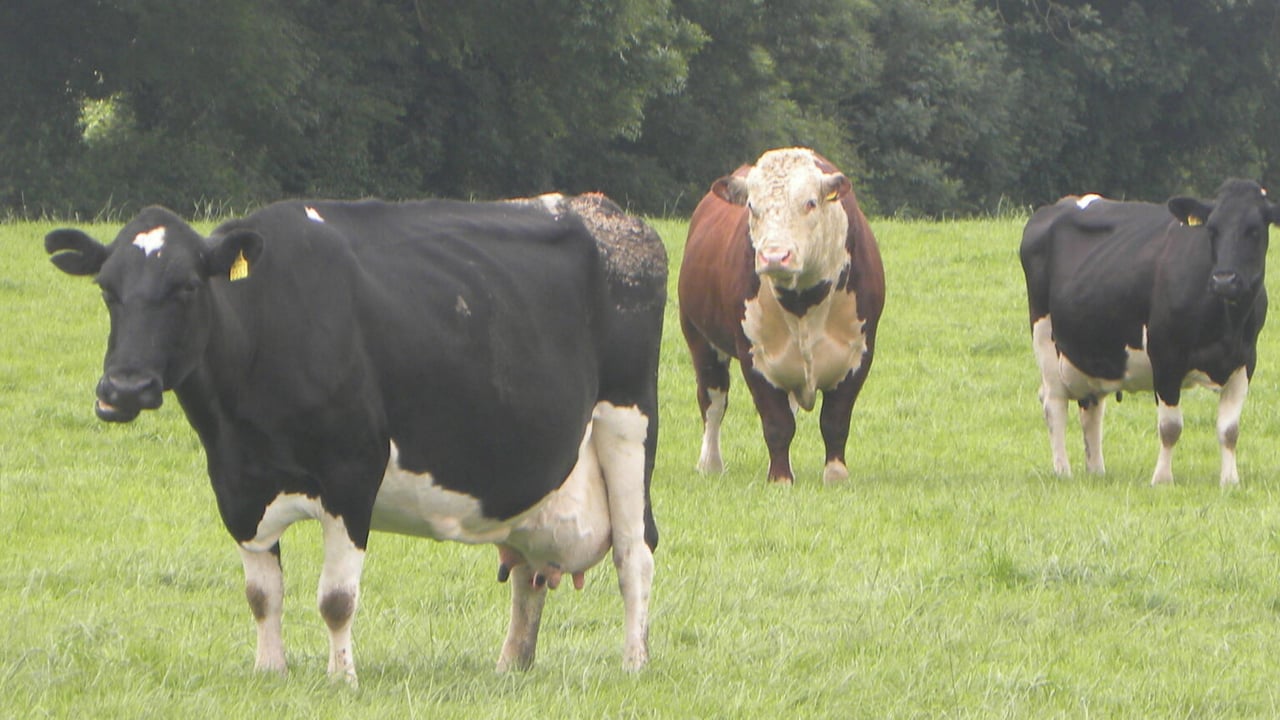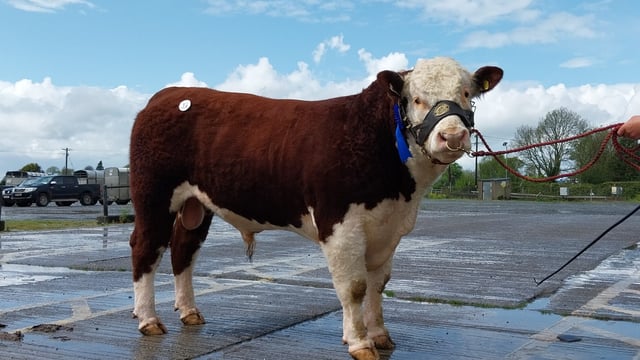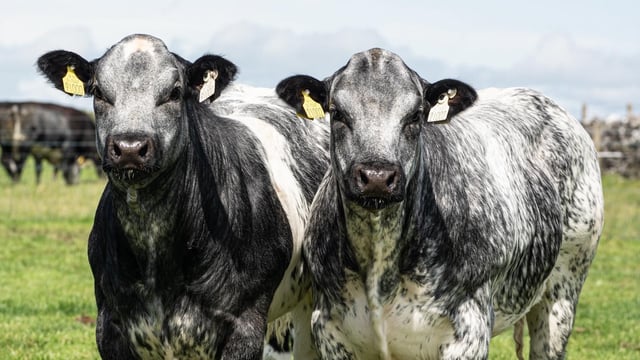Is the stock bull fully ready for the breeding season?
The use of a stock bull on dairy farms has died down substantially in recent years, with the growth in artificial insemination (AI) year-on-year.
It is not uncommon for farmers to carry out three or six weeks of AI followed by the stock bulls to mop up cows that did not get served or did not hold.
In recent years, this method has even become more uncommon, as many farmers have replaced stock bulls with dairy-beef straws to produce their non-replacements.
However, a stock bull still has its place on many farms across the country and, in the coming weeks, farmers may be looking at purchasing a bull ahead of the breeding season.
However, before any bull is purchased on dairy farms or before the current bull(s) is let out to serve cows, there are number of checks that should be completed.
Having a stock bull on the farm comes with a number of risks, but also a number of benefits as, so long there as there are enough bulls to cover cows, the work load is decreased and cows are put back in-calf relatively easy.
Stock bull checks
Where stock bulls are on the farm and play a crucial part of the breeding programme, there are number of things that should be done before the breeding season gets underway.
The stock bull firstly needs to be fertility tested ahead of breeding, as an infertile bull could lead to a shock in results when scanning time comes around.
Even though the bull may have been purchased recently with more than likely a fertility test already carried out, it may be no harm to carry out one of your own to double-check.
The bull’s fertility can be impacted from a whole range of different things and result in him becoming infertile or sub-fertile.
If the bull's fertility is not checked prior to breeding, the risk is the breeding season will kick off and it could take a long time to realise that he is not working.
At the very minimum, you are going to lose three weeks from the breeding season, but the likelihood is you will lose much longer.
It is estimated that 25% of stock bulls are sub-fertile. The cost of the test is very low compared to carrying empty cows for the summer and test results are available to farmers before the technician leaves the yard.
The bull must be physically fit to serve cows for 12 weeks of the breeding season or a few weeks less, depending on the amount of AI used on the herd, and be able to maintain a body condition score (BCS) of over 3 throughout that period.
Consult with your vet for advice around the health of the bull and bear in mind that a young bull can only serve up to 20 cows in a season.
Purchasing
A farmer needs to firstly understand how many bulls will be required for their herd, which will depend on the number of cows, the number of weeks of AI, and the distances the herd has to walk each day.
With the prevalence in tuberculosis (TB) across the country, the health status of the herd where the bull is being purchased is very important and questions like how long the herd has been TB-free are important.
You should also give enough time for an isolation period and also for an vaccination to take place.
The breed of the bull is also important along with the bull's genetic traits, such as calving ease, carcass weight and conformation, and gestation length when purchasing a beef sire for use on dairy cows.
The genetic potential of the offspring is proving to be a critical selling point for calves around the country this spring, and it encourages repeat custom and ensures a competitive price for your non-replacements.





